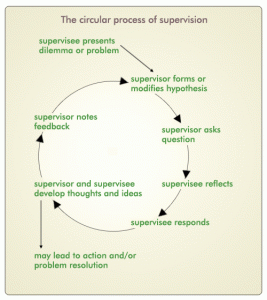People are very complex beings. I really enjoy working with people.
I have a few keys that help me understand human behaviour. One of them is the power of the mind, and my responsibility to manage what goes on between my ears.
I have found many people who believe strongly in something, but then behave in the exact opposite way. This is because they have allowed a stronghold to develop in their mind that is different to the conviction in their inner-world.
The strongholds (good and bad) in my mind have been built one brick at a time. I allow thoughts to stack up my mind. I allow a stronghold or mindset to develop, which affects my behaviour despite what I believe.
A stronghold is a mindset, a powerbase, an attitude and a thought habit. A stronghold is:
- A thought commitment to a course of action.
- A thought habit producing instinctive behaviour
- An attitude that dominates your emotions
- A mindset that overrides reason
- Something that has a strong hold on you.
Strongholds (good and bad) may or may not be built on a conviction in your inner world. Strongholds not built on a conviction are simply examples of positive or negative thinking. Convictions determine your believing, while strongholds determine your behaving.
You can change your mind to change your world.

